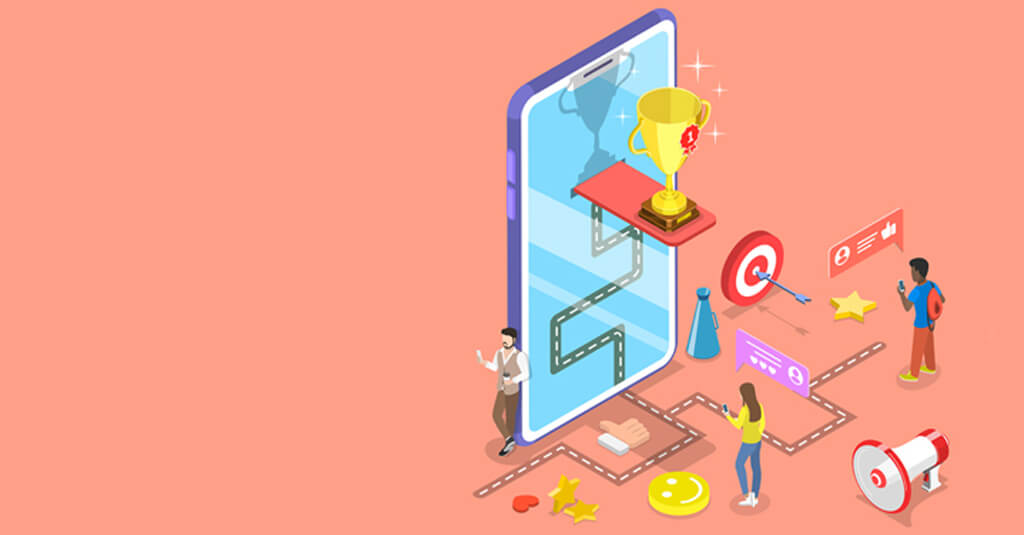To gain success in the “brave new world” of information, modern learners and educators need to broaden their traditional teaching methods to embrace new performance-driven skills. Today, the prime focus of the organizations is to develop agile minds who can master their skills and apply them in real-life situations. The incorporation of games in different learning methods reinforces learning. There are various trainers who have the data and experience to prove that e-learning gamification is one of the most efficient and powerful e-learning tools. When games are introduced in a classroom environment, learners engage more, they compete and most importantly, they retain the information for long.
Games are a better way to end the course than traditional classroom-based training programs. The increasing interest of participants in game-based learning stems from the wish to engage more, bringing more visibility and set a system of rewards and recognition at workplace. Gamification helps to bring out competitiveness among the learners while playing, great sense of accomplishment and willingness to go some extra miles.
Entertained Participants Learn More
Undoubtedly, information you learn from entertaining games stay for long. It is because positive feelings enable brain to make better perceptions. So, when a learner feels positive, he grasps more information and sort out better learning experience. Games add fun to learning and engage participants in just the right manner.
Games Relieve Stress
When training is intensive, games prove to be an efficient way to decrease stress levels of learners. Long sessions and assignments are boring and tiring. With games, participants relax and learn in a fun way. If the learners are always under the stress, they cannot recall the content for long. With game-based learning approach instead of traditional one, their stress is reduced and learning is increased.
Builds Up Great Team-work
Many times, when games are integrated with training material, organizations group learners in huge teams, with questions and answers displayed on the screen. With each right answer, the team is rewarded with a point or badge, and their score is counted in the end. This way, learners become more responsive to new ideas and are willing to accept new challenges at work.
Regulatory constraint
Learners are not the only ones who benefit from game-based learning approach. Even instructors use games to identify which topics of the course content need changes and what needs to be reviewed. Trainers can figure out what learners have gained from the training course and then analyze their performance matrix. The benefits of e-learning gamification for both learners and educators help to boost workplace productivity, increase retention rate and improve overall behavior of learners. The incorporation of interactive gaming elements into actual course, provides the scope for organizations to solve such issues. Gamification is getting more popular with the organizations that face issues around employee motivation and engagement. It is implemented to motivate learners, create healthy competition at workplace, increase customer loyalty and more. With a myriad of tools and expertise, businesses can adopt game-based learning approach and get better results, no matter what the goals are.








